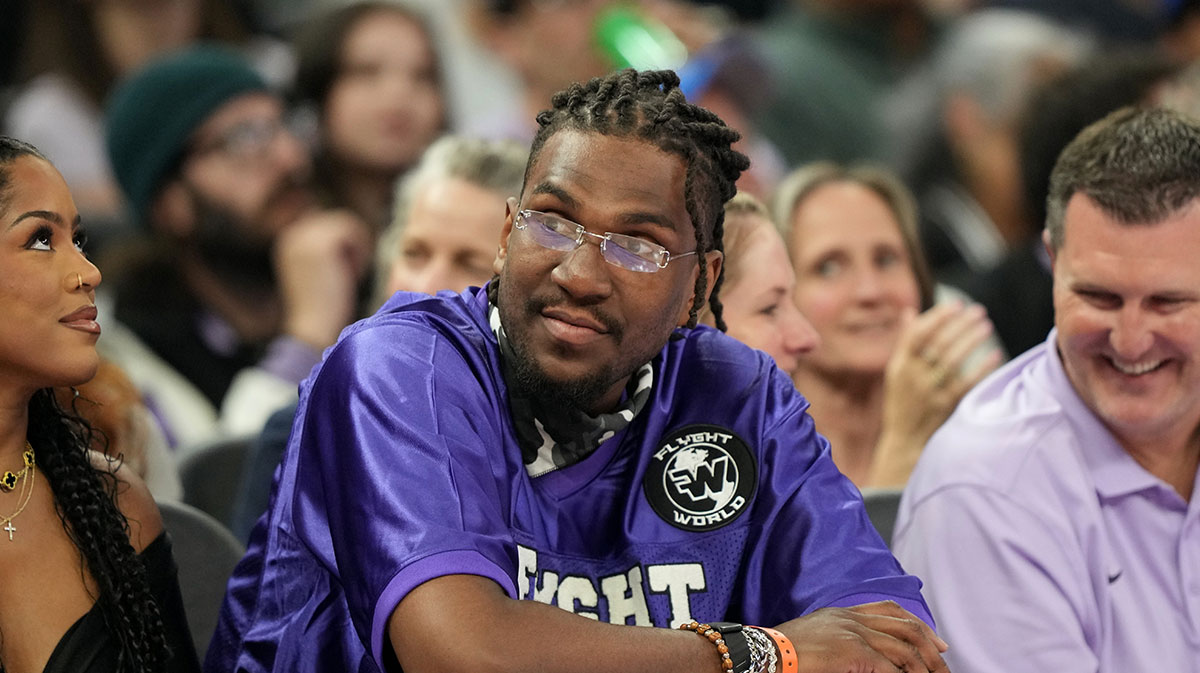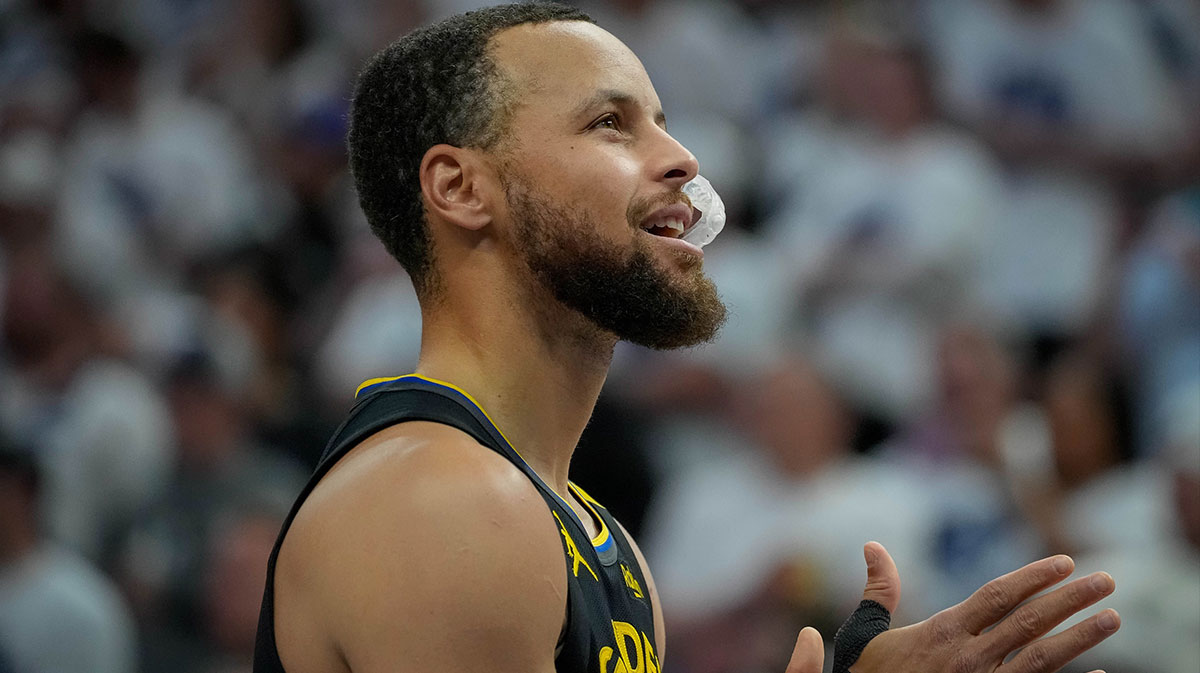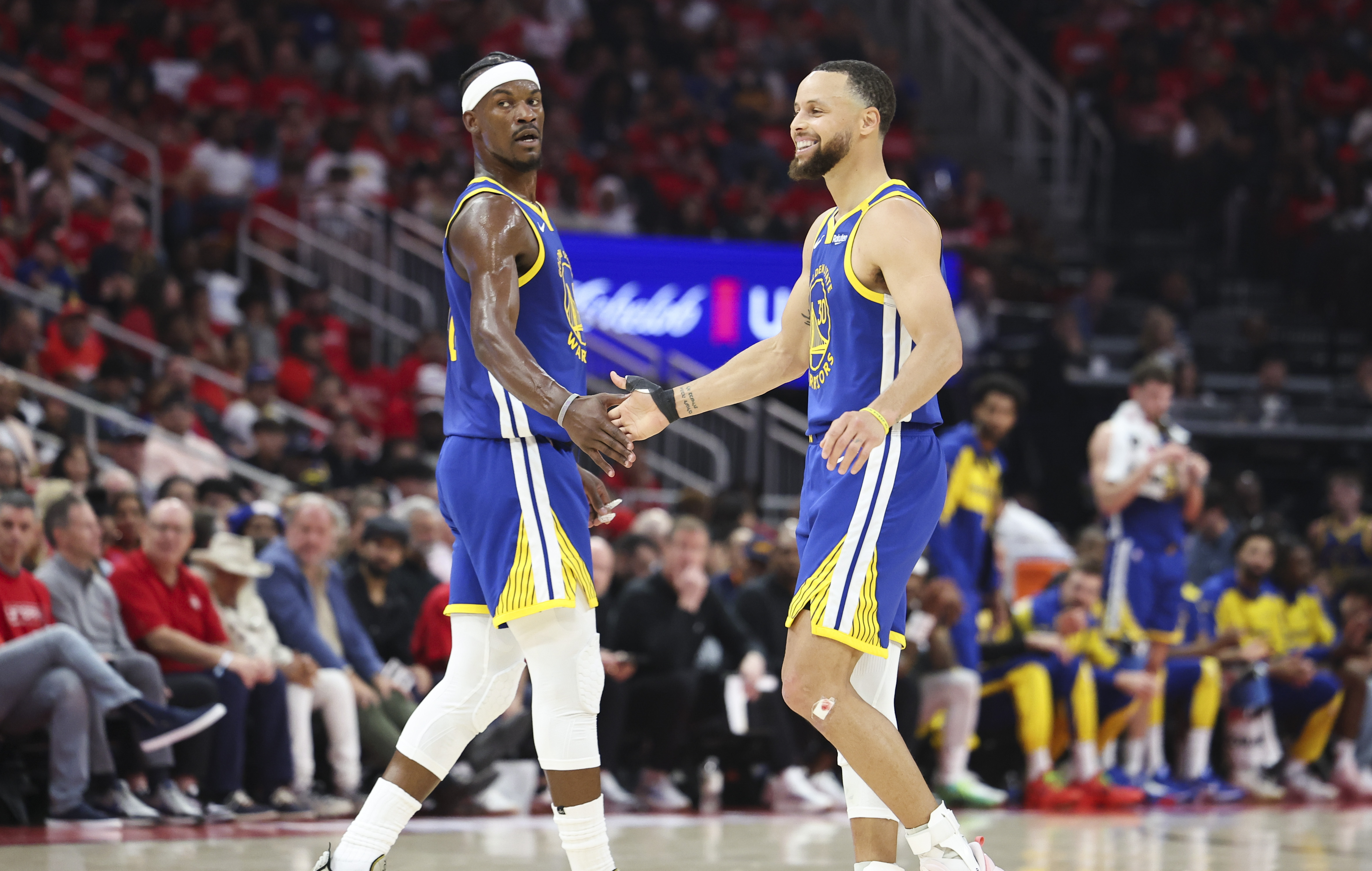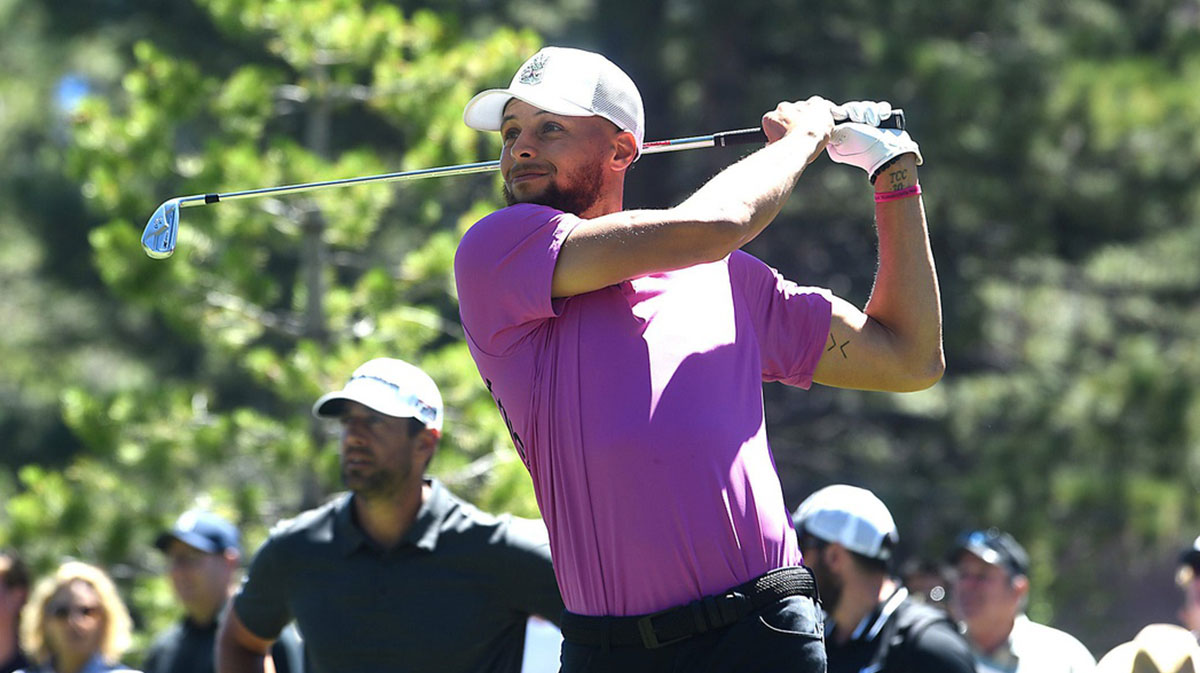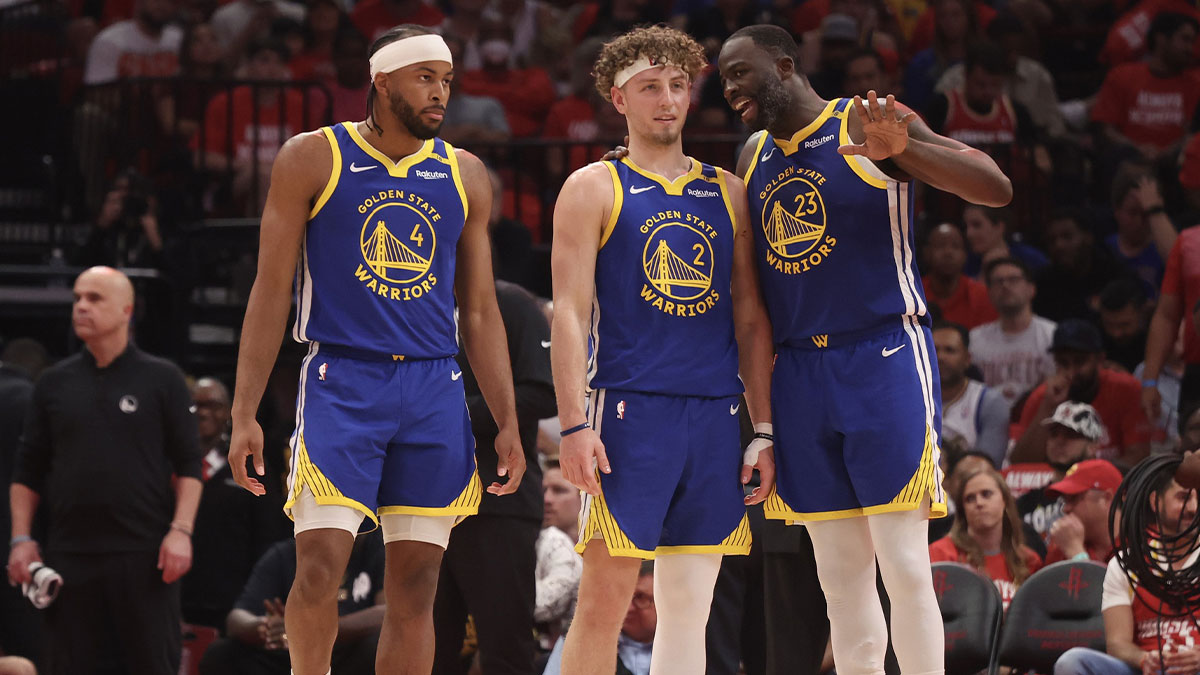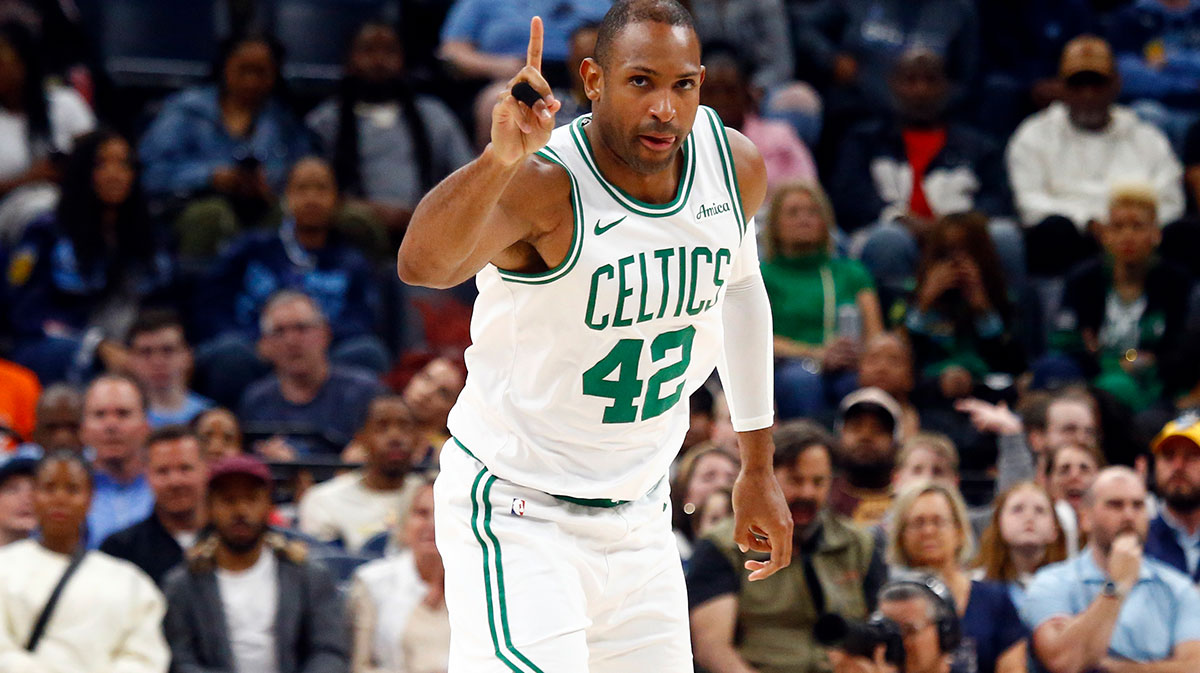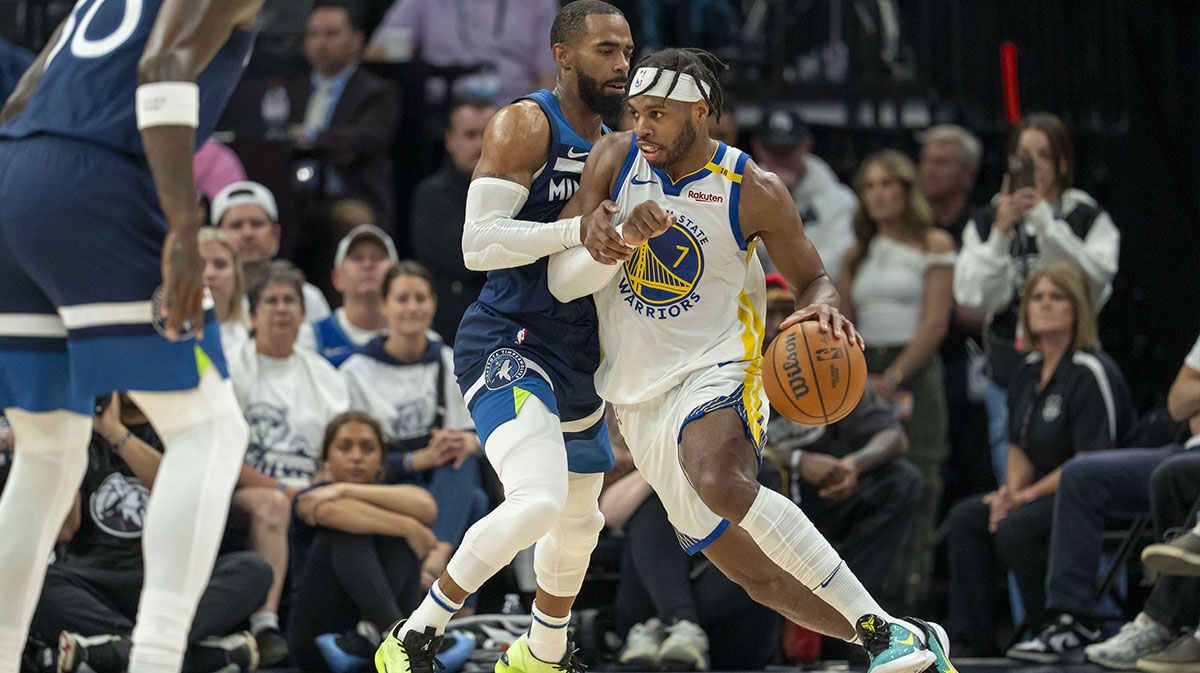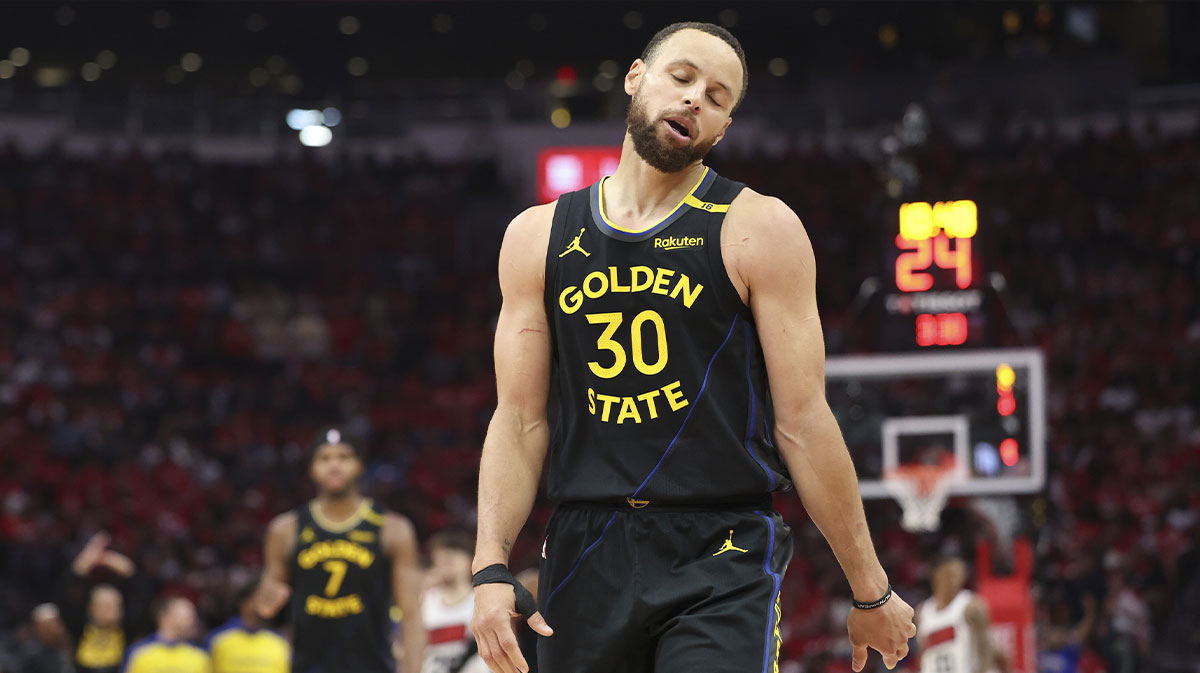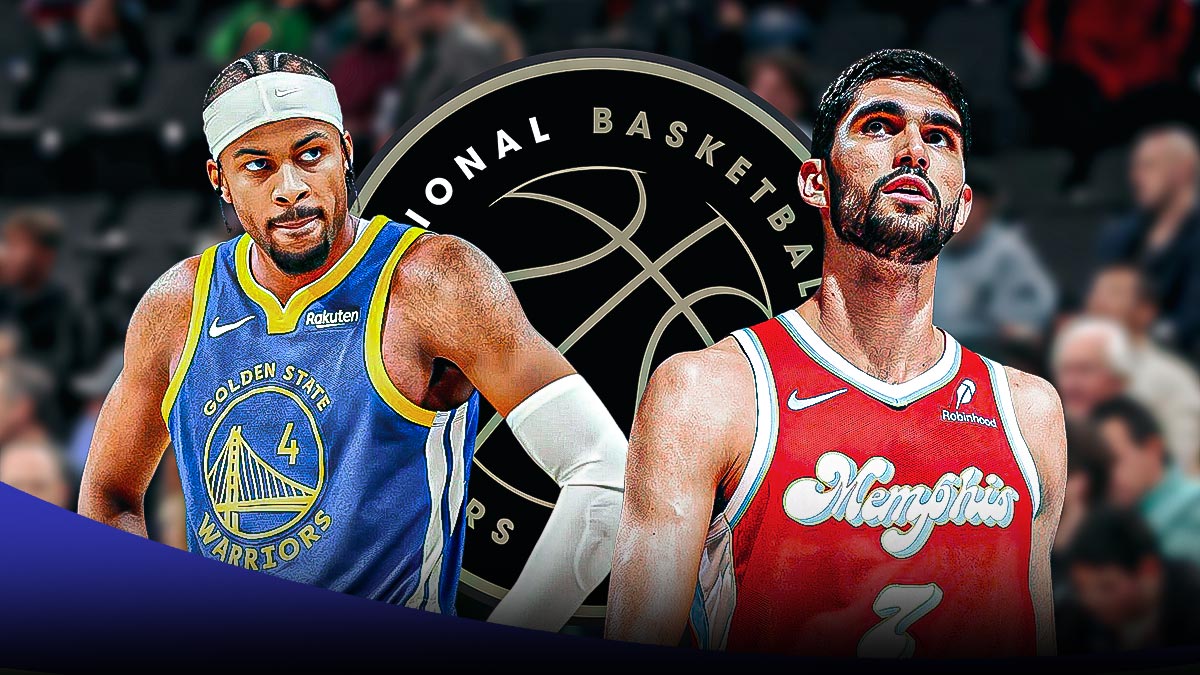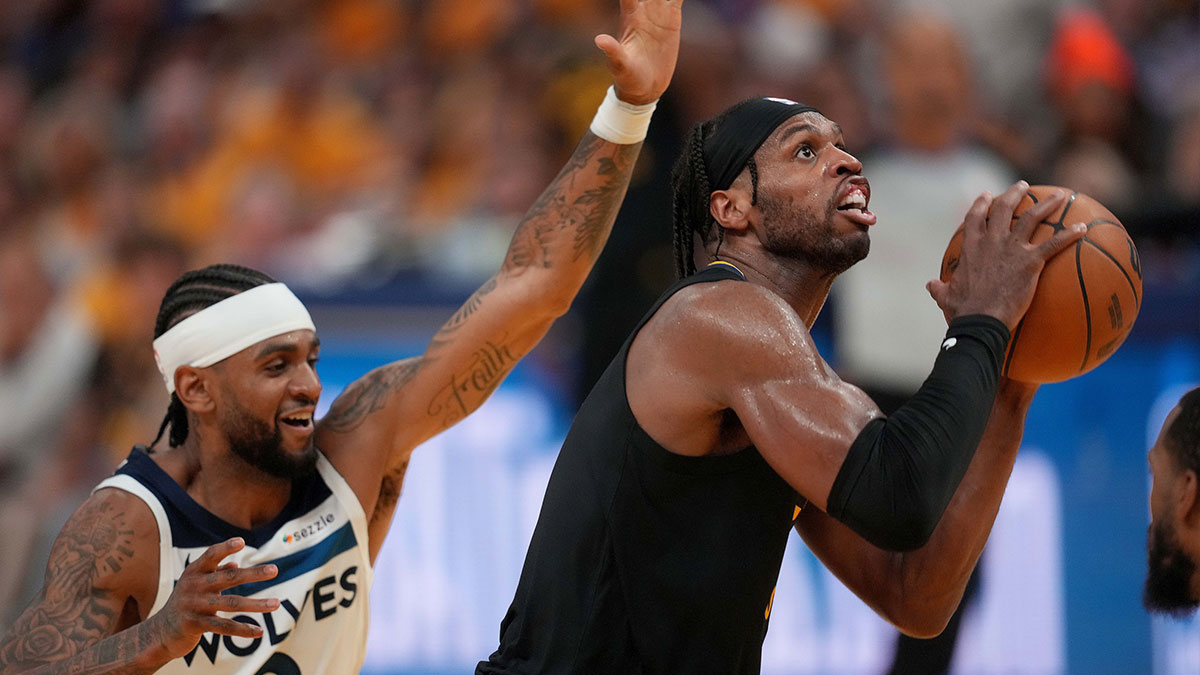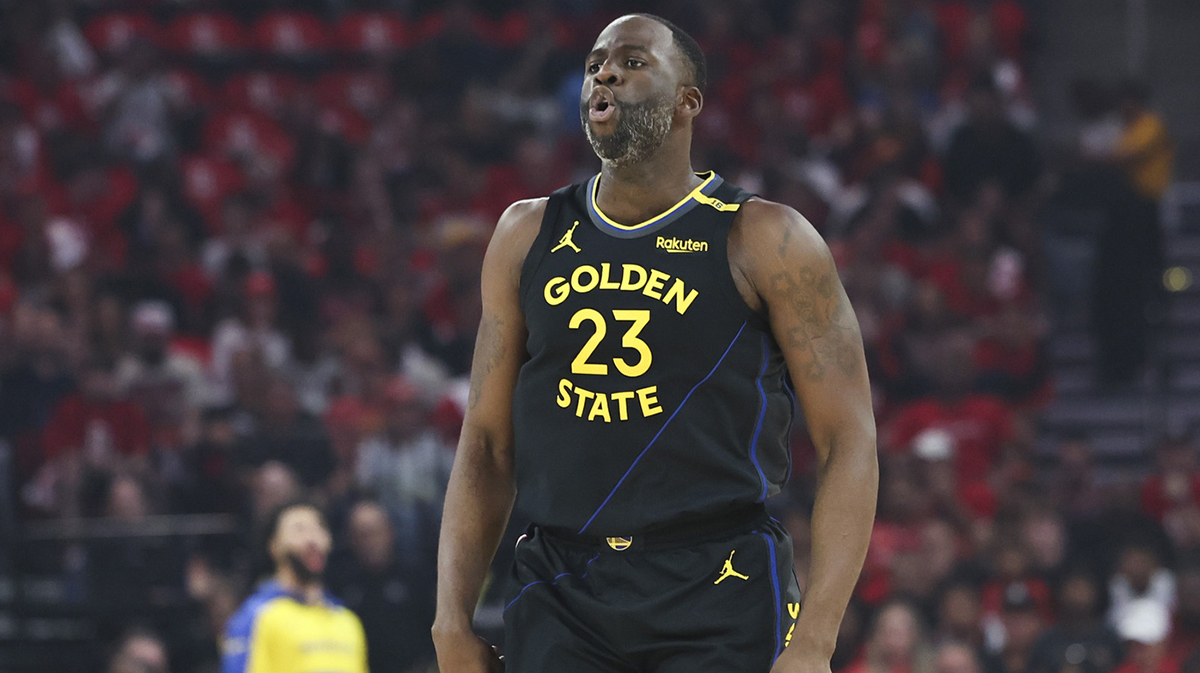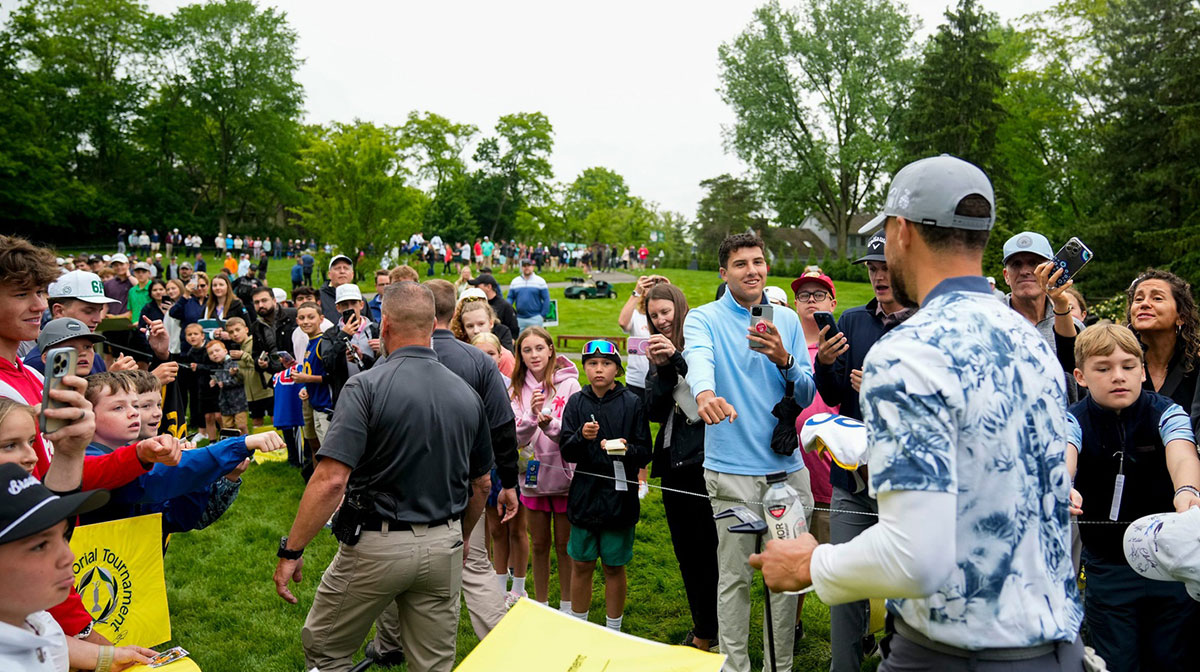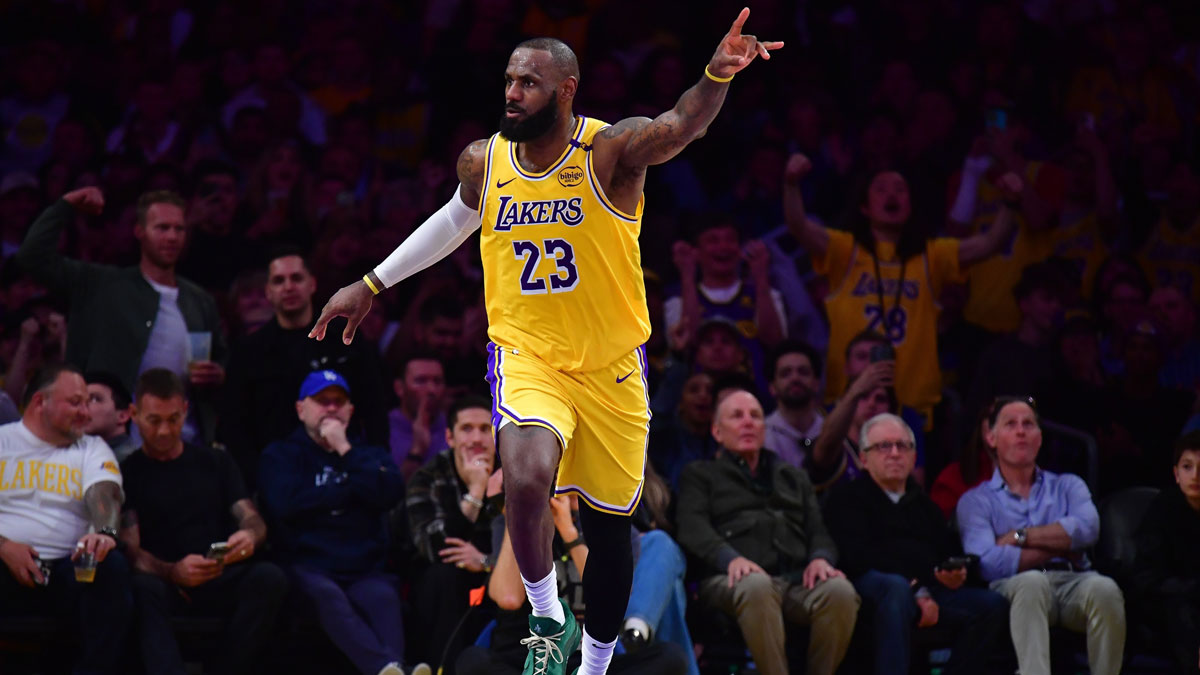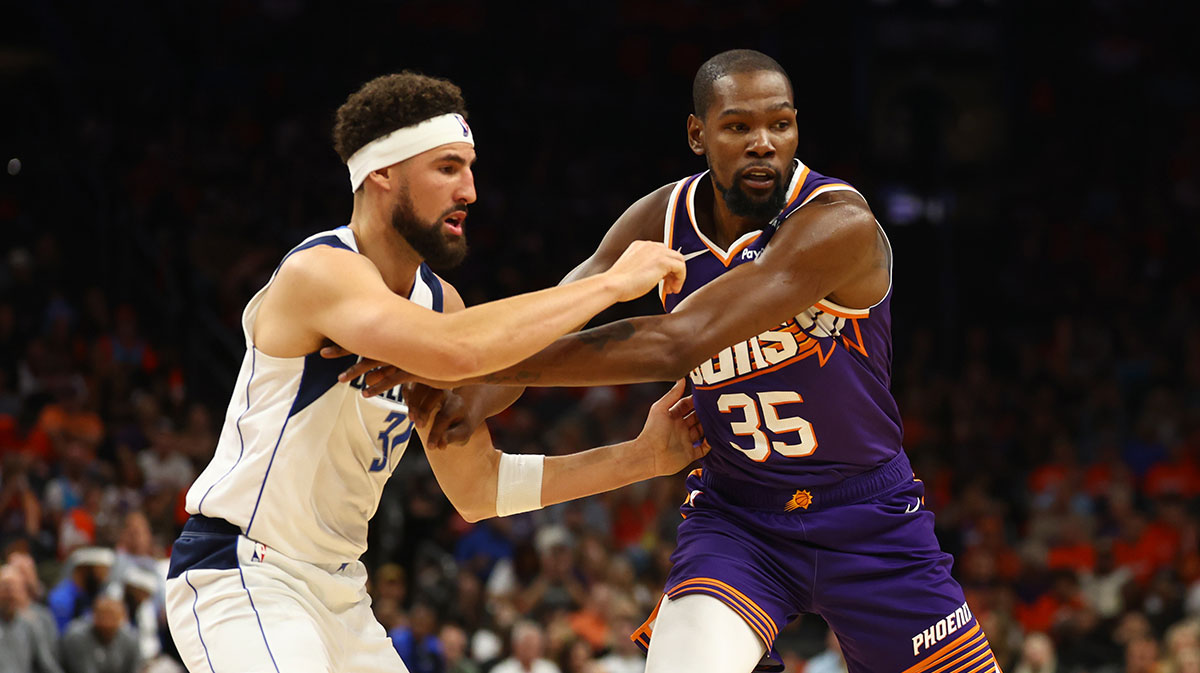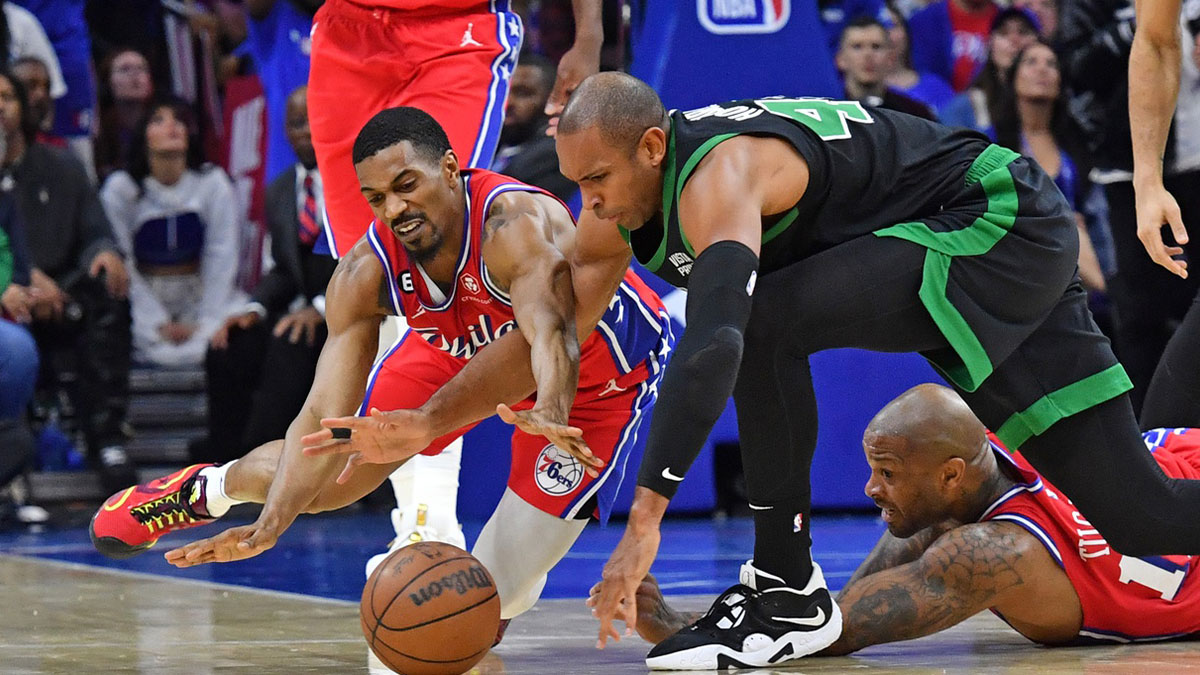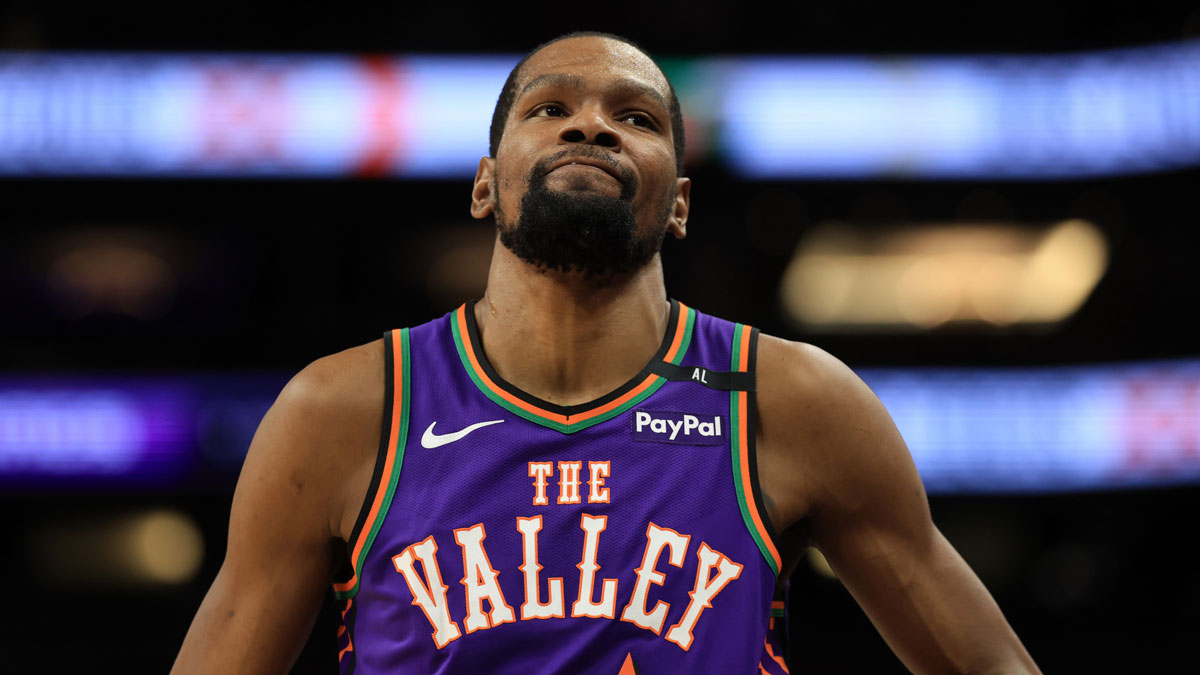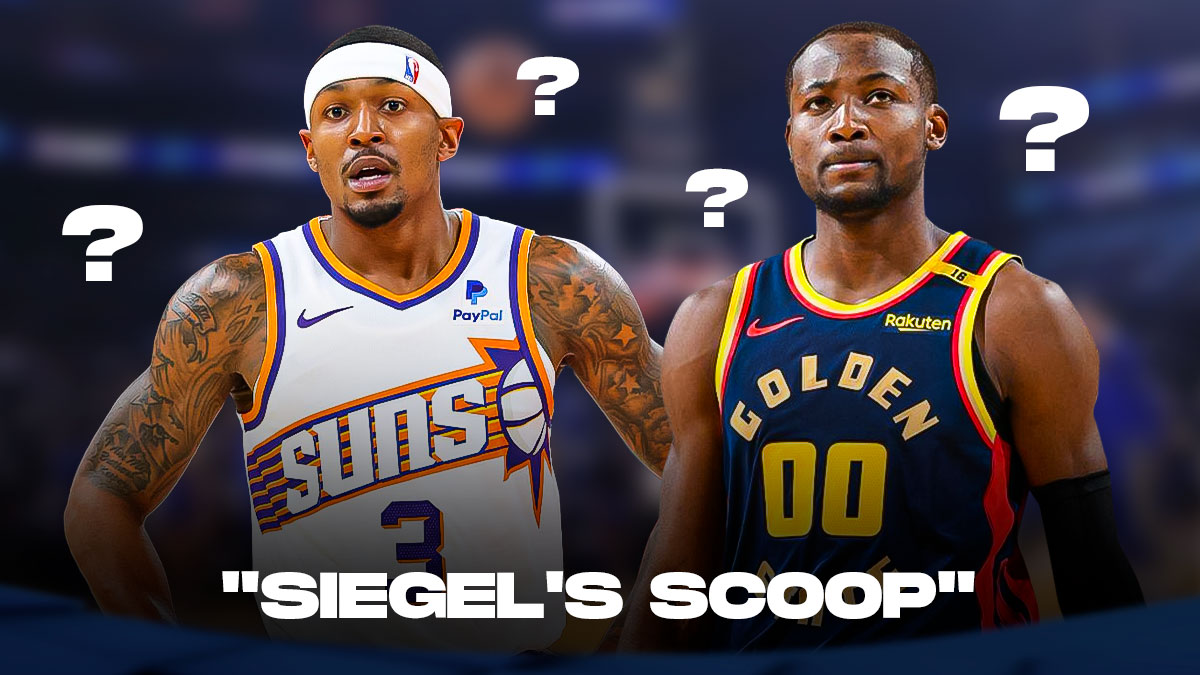Kevin Durant sized up his matchup Serge Ibaka, took one hard dribble between the legs and looked to explode past the opponent in front of him, as he has many times throughout his accolade-laden career. Except this time his body would not answer the same way as it had in many occasions, giving out as the sheer torque required to blow past Ibaka was too much for his Achilles tendon to handle.
It was this way that the Golden State Warriors star, only 12 minutes into his return to the court, ended his postseason for good and unleashed a tornado of incertitude for these NBA Finals, a looming free agency, and inevitably — his future.
It didn't take long before fans, pundits and critics wanted to hold someone responsible for this potentially career-derailing injury.
So who is really at fault for this catastrophic injury?
Let's take a look at the facts before coming down on a decision.
Durant exited Game 5 of the Western Conference Semifinals against the Houston Rockets with 3:05 left in the third quarter after pulling up over Iman Shumpert and burying a contested baseline jumper. While it was first believed to be a season-ending Achilles injury, the late-game update revealed it was a calf-related injury, one the Warriors later deemed as a “mild” calf strain.
Having taken care of business against the Rockets, coach Steve Kerr noted Durant's injury was more severe than they had previously anticipated, but the organization did not change the status of his injury after a week's re-evaluation.
The Warriors managed to overcome falling behind by double digits in three straight games and swept the Portland Trail Blazers in four games, hoping to get Durant ready for the NBA Finals with nine days of rest to spare.
Durant made the trip to Toronto, but did not practice — surprisingly kept out of Games 3 and 4 as the Warriors now fell into the brink of elimination, trailing the Raptors 3-1.
With two days of rest between Games 4 and 5, Durant went through a light practice on Sunday and some 3-on-3 and 5-on-5 on court-work the morning before Game 5, as he was cleared to return.
He played in 12 of the initial 14 minutes of the game before suffering the Achilles injury, raising questions about a training/coaching staff's poor judgment, considering the delicate nature of his calf injury. Yet the Warriors noted the plan was to play him until he was tired — taking him out at the 6:11 mark of the first quarter and later putting him back in with 3:33 remaining in the period.
Durant would start the second quarter before being removed with 9:49 left in the half after suffering the injury.
Now that the facts are there, let's see about the people who had a stake in this decision:
The medical/training staff
Durant's diagnosis of a mild calf strain was expected to see him miss 7-10 days, consistent with the timetable for recovery from a Grade 1 strain. Yet a week passed, two weeks passed, and Durant had yet to even practice with the team.
It was then when Steve Kerr said the medical staff had found his injury to be more than what was initially anticipated, yet no re-assignment of his injury — no Grade 2 (3-4 weeks expected recovery) or Grade 3 strain classification (6-8 weeks) was given following his comments.
“It’s a little more serious than we thought at the very beginning,” Kerr said. “So we’ll see where it all goes. But he’s in there all day long getting treatment. He’s done a great job committing himself to that process. Rick (Celebrini) and his staff are in there all day. Hopefully, he’ll be back at some point.”
Some speculated he was purposely misdiagnosed to provide an ambiguous advantage each game-day — but if the NBA had found that to be true, there would be a severe penalty in line for the organization, along with a potential shake-up in the medical front of the franchise.
An emotional Warriors general manager Bob Myers quickly phased out any thoughts of this latest injury being a case of him re-aggravating his prior one.
“This is not a calf injury,” Myers said. “I’m not a doctor, I don’t know how those are related or not, but it’s a different injury.”
The “kinetic chain” — as most familiar with injuries know, is very much real, as compensating for the weakness or absence of a particular muscle can impact others around it.
Kerr himself noted Durant was going into Game 5 at less than 100% (which was widely expected at this point), raising questions about the Warriors targeting Game 5 as his return date.
It's also worth noting that this training staff has been bombarded with injuries since the start of the postseason, tending to Stephen Curry's dislocated finger(s), Klay Thompson's hamstring, Andre Iguodala's way too many lower-body injuries, Kevon Looney's collarbone, and even DeMarcus Cousins' unlikely recovery from a quad tear.
Enough on their hands to warrant overtime pay.
Steve Kerr and the coaching staff
Kerr has misspoken on plenty of occasions during this playoff run, ranging from him first telling reporters he expected Durant to practice ahead of Game 4, only to retract himself in the next opportunity, saying he erred in understanding with the plan in place by the medical staff.
It was also Kerr who told reporters Kevon Looney was “out indefinitely,” only for him to miss one game and return for Game 4 after doctors said he couldn't really make his right first costal cartilage non-displaced fracture injury worse. He played through Game 4 just fine, but re-aggravated it in Game 5, once again being forced out of action.
Kerr admitted to ESPN's Doris Burke that there is a chance that Durant could “tweak” his Achilles by playing at less than full strength — and it only took 12 minutes of action for that to happen.
While the man at the helm has to act in concert with the medical and training staff when a player comes back from injury, it is ultimately he who has the ultimate power to sub him in and out of the game accordingly, yet he chose to play him as he would before the injury.
Some around league circles viewed Durant's 12-minute load in the first 14 minutes of Game 5 as a crime of urgency, noting the star had missed 32 days of action.
“Just seems unacceptable,” a longtime director of performance told NBC Sports' Tom Haberstroh. “Doesn’t make any sense.”
Durant was clearly playing his pre-injury minutes and rotation slots, raising the question: Did Steve Kerr go overboard here?
General manager Bob Myers
Myers was on the verge of tears upon coming back to the podium to announce the news of Durant's injury, hoping to take the blame away from his newly-assembled medical staff and any others who might receive blame for it.
“Prior to coming back he went through four weeks with a medical team,” said Myers. “And it was thorough and it was experts and multiple MRIs and multiple doctors, and we felt good about the process.
“He was cleared to play tonight. That was a collaborative decision. I don’t believe there’s anybody to blame, but I understand in this world and if you have to, you can blame me. I run our basketball operations department.
“I don’t have all the information on what really the extent of what it all means until we get a MRI, but the people that worked with him and cleared him are good people, they’re good people.”
While Myers overviews the whole process of his recovery, it is unlikely he has direct input on the situation, even though he would be allowed to step in and have his say, should he feel the need arise.
The media and Kevin Durant
Much like the fans, the media started to get impatient when it came to Durant's return, wondering if the two-time Finals MVP would return at any point this season, considering the Warriors were at the verge of elimination.
Following a Game 4 loss, reports of a frustrated and angsty locker room surfaced, conveying how Warriors players had managed Durant's absence through this playoff run, including the vagueness of his day-to-day progress before rejoining the team.
The media; local and national, started to press for questions, given the stakes of these NBA Finals: a potential to become one of the most dominant dynasties of the modern era with a chance at a three-peat.
Some even argued that Durant himself was coerced or guilted into playing by these reports — which is in all honesty, a poor effort when it comes to assessing a player's mindset.
This is the same Kevin Durant that chose to play at the world-famous Rucker Park during the NBA lockout, the same Durant that engages in two three-hour shooting practice sessions in a random summer day in the offseason, the same KD that was reportedly “itching” to rejoin his teammates and continue the rousing postseason he had started — well before Game 5 of the NBA Finals came about.
To say he was goaded into choosing to play is to be ignorant of who Durant is at his core — a baller, through and through.
Also worth noting: Players are allowed to say no — just ask Kawhi Leonard, who was cleared by his doctors in San Antonio last season, but chose to sit out, feeling less than fully capable to take the floor after appearing to be a shell of himself during his nine games with the Spurs in 2017-18.
Clearing a player from injury is much more than one person's decision. It's more than Durant, more than Kerr, more than Myers, Dr. Celebrini or anyone else who could have input in the decision. It's a concerted effort and one that does not get done unless all parties are on the same page.
To say Durant was guilted into playing is to take away his decision-making ability as a professional and as a 30-year-old adult, capable of making his own choices.
Are we missing the point?
Perhaps we are. It is human nature to ask questions, to be inquisitive and demand the truth. This is why so many outlets chose to delve into Durant's decision to return and how the process went about after missing more than a month with his initial injury.
It is why hard-hitting journalists like Tim Kawakami of The Athletic asked the tough questions, even if they were of poor taste for some fans.
I accept full responsibility for this. I don't want to jam up everybody's timelines by repeatedly responding to so many of these, but I want to reiterate that I screwed up that column and accept the criticism for it. https://t.co/DI9EAbU4Dh
— Tim Kawakami (@timkawakami) June 11, 2019
The media is an outlet for those who don't have the voice or the means to ask these questions, and most journalists asked these questions to satisfy their readers ravaging appetite for the truth.
An all-time great went on the floor at risk of an Achilles tear that’d strip him of his age 31 season.
Fair: To question whether the franchise decision makers properly identified/communicated risk.
Unfair: Speculating on medical and internal details we don’t (and may never) know.— Anthony Slater (@anthonyVslater) June 11, 2019
Regardless of who you choose to deem the culprit, Durant's Achilles tendon will remain injured — he will have to undergo a massive recovery process and find a way to bounce back from a devastating injury at a crucial point in his career.
Crucifying a player, coach, owner, worker, or media member for what transpired won't bring Durant back healthier or better, but failing to appreciate the unselfishness and competitive drive to be part of a potentially dynastic championship run is an act of bravery that should be praised, not nitpicked.
Kevin Durant might not be the superhero he has been on the court in the last 12 years once he comes back from injury, but he will be a titan of courage once his story has been told in its entirety.

